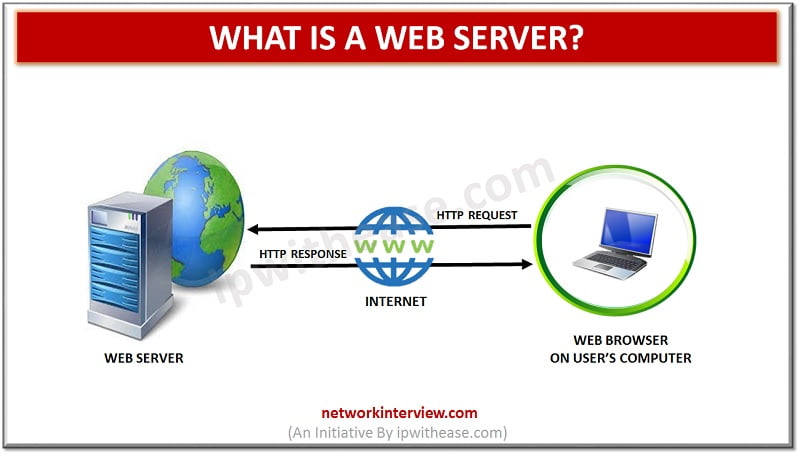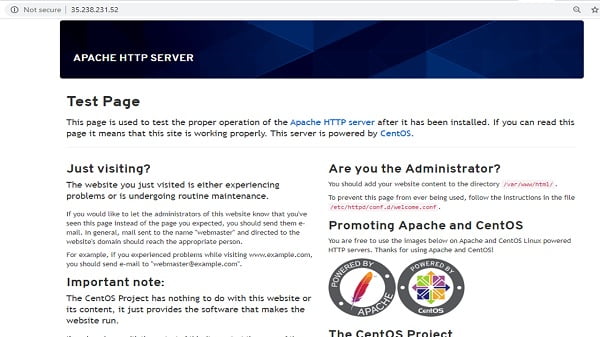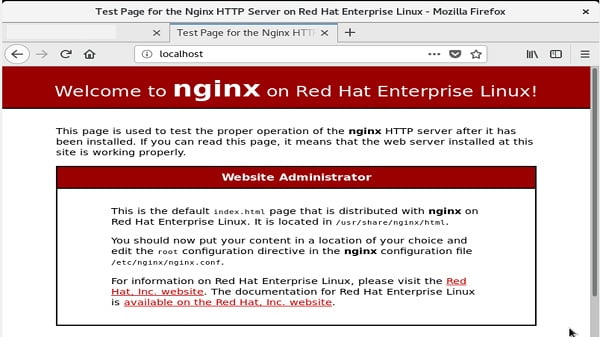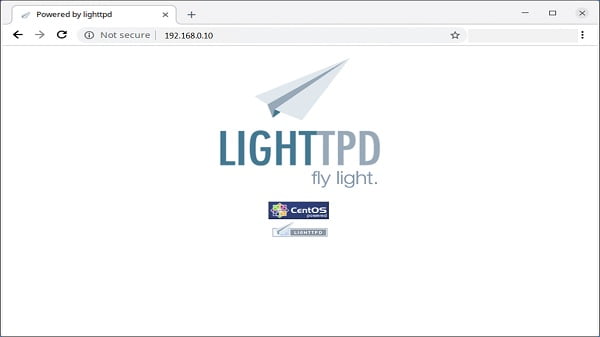
What is a Web Server?
Introduction
In this article, we will discuss what is a web server? Its types, use and examples.
The term “Web Server” is defined as a server software or hardware that is designed to handle client requests on the World Wide Web. In normal conditions, a web server can be a part of one or two separate websites. A web server has the ability to process user requests that come over HTTP or HTTPs or other kind of protocols.
The main responsibilities of a web server are processing, storage and delivery of web pages to clients. The communication protocol used between the connection of a server and a client is the Hypertext Transfer Protocol (HTTP). The delivered content inside the web pages are usually HTML documents that includes images, style sheets and scripts.
Web Server response
Web server respond requests from clients in either of the following 2 ways:
- Sending the file to the client associated with URL that is requested
- Producing a response by summoning a script and then communicating with database for information
Web Server type: Static and Dynamic
Web Server can be provisioned as static Web server or Dynamic Web Server.
A static web server is simpler than the other type. It consists of a Server ie hardware which includes the HTTP server software. Static, as the word stands, sends its hosted files in same form to the user browser.
Dynamic web server includes a static web server along with application server and a database (3 Tiered). “Dynamic”, as the name suggests, is different from former term since the application server updates the hosted files well before sending information to the user browser.
Some examples of Web server are –
- Apache HTTP Server
- Lighttpd
- Jigsaw Server
- Sun Java System Web Server
- IIS
Where do we use Web Server?
Web servers are required by companies who are engaged in web hosting or else by web developers. E-Commerce and other Internet facing websites require a Web server, which stores and runs all the files and software essential to host an eCommerce website in addition to HTML, CSS, Javascript, PHP databases and media files
The Best Open Source Web Servers
As history shows, the first web server was created back in 1991. Since then, there was a rapid evolution and many open source web servers have been invented, and the best of them are described below:
- Apache HTTP Server: This web server is commonly known in the IT industry as Apache or httpd in the Red Hat distributions. It is an open source implementation created by Apache Software Foundation in 1995. It is statistically significant is the amount of users that utilize this particular web server, which is 37% of all the websites. Apache is written in C language and is built in with a large number of modules. In addition Apache provides multi-protocol support such as IPv4 ,IPv6 ,HTTP, HTTP/2, and HTTPS.

- Nginx Web Server: Nginx web server was introduced by Igor Sysoev back in 2004. In addition to the fact that it is a high performance robust web server, it also acts as a load balancer, reverse proxy, IMAP/POP3 proxy server and API gateway. Nginx has a unique advanced technology providing low resource utilization, scalability and high concurrency. Users prefer Nginx web server because it can handle up to 500,000 requests per second with the lowest CPU utilization, commanding a market share of 31%.

- Lighttpd Web Server: Lighttpd web server is one of the open source editions that is specifically designed for speed critical applications. It has a very small footprint (less than 1 MB) and is very convenient with the server’s CPU utilization. It complies under the BSD license and it can be easily executed natively on Linux/Unix systems. Lighttpd’s embedded architecture is optimized to handle a huge volume of connections in parallel which is essential for high load performance web applications. Finally, Lighttpd web server also supports FastCGI, CGI, and SCGI for interfacing programs with the main web server.

- Caddy Web Server: Caddy Web Server is a fast and powerful multi-platform that can also act as a reverse proxy, load balancer, and API All the functions are built-in with reliable independency strategy making Caddy very easy to install and use. In addition, Caddy supports HTTPS and can handle easily of SSL/TLS certification renewals. It has the advantage of an ideal web server because it runs applications written in GO and provides full support for IPv6 and HTTP/2. Further, it supports virtual hosting, advanced WebSockets technology, URL rewrites, redirects, caching and static file services with compression and markdown rendering. Caddy has a very small market share for only 0.05% of the market share.

Conclusion
The Web Server technology refers to both Hardware and Software implementations. Regardless of the terms explained above, it is a critical foundation of the Internet’s topology. The services it provides, ensures that huge data can be stored on a hardware machine connected to the network, allowing this data to be available to any other machine (user) through the internet by using network protocols, such as HTTP.
As we described in this article, every user in technical and semi-technical role should be familiar with the meaning of this technology. Hope this article helps with insight of Web Server types and choosing the appropriate web server edition that best suits his needs.
Considering technology advancement and strides human mind is taking to explore and invent new ideas, it’s for sure that future of Web server concept is quite bright will tend to become more responsive and offer enhanced user experience.
Continue Reading:



